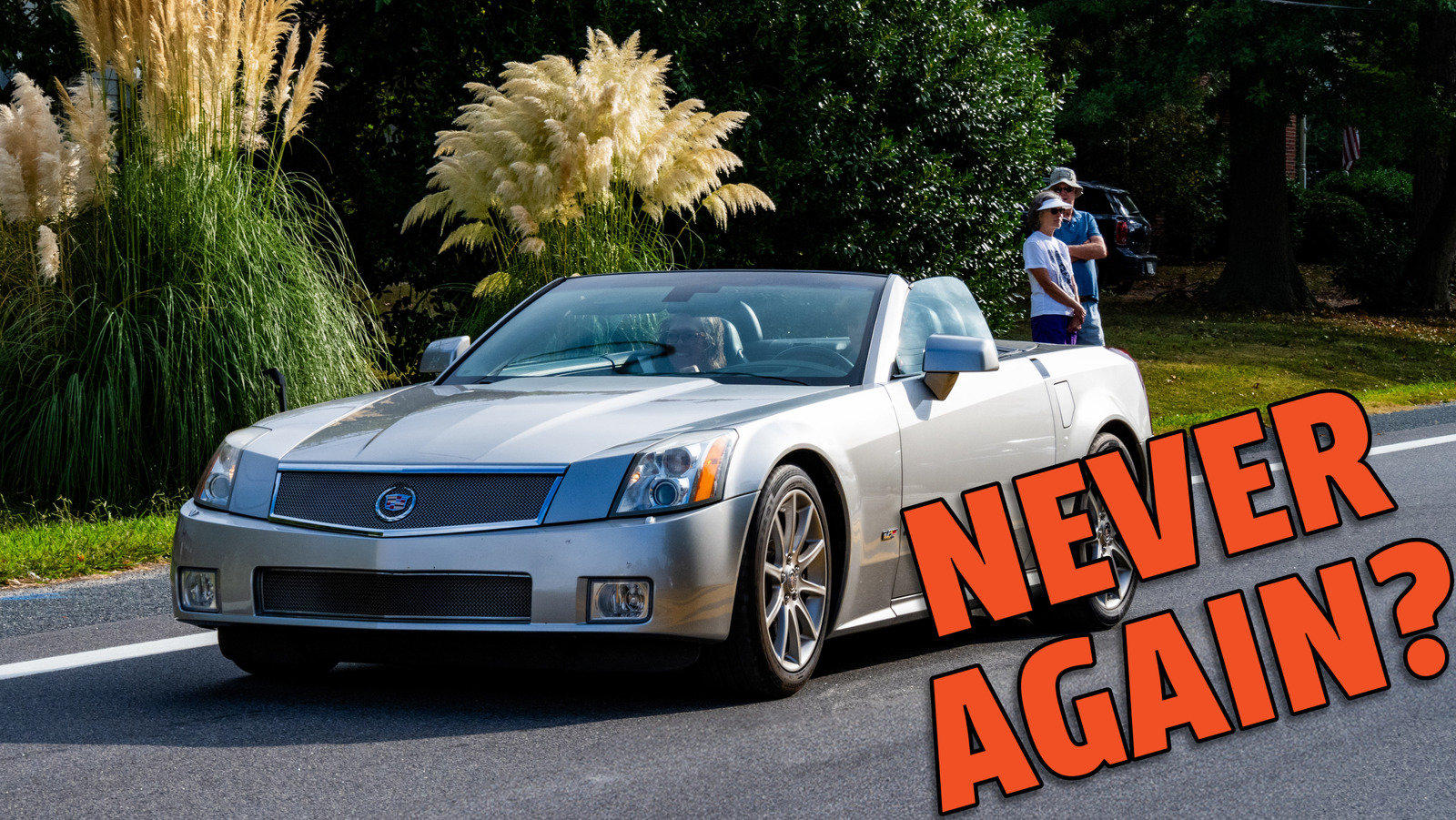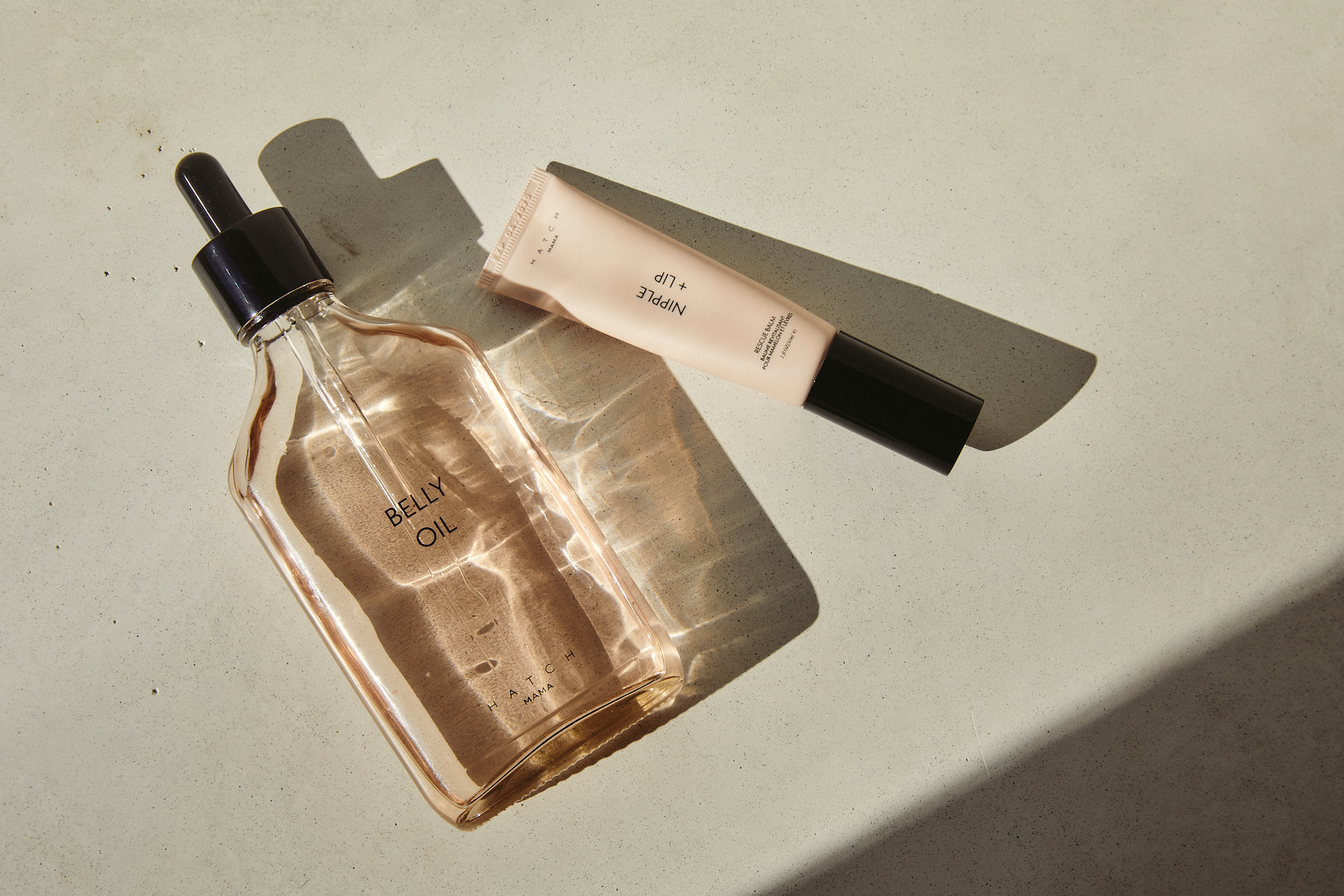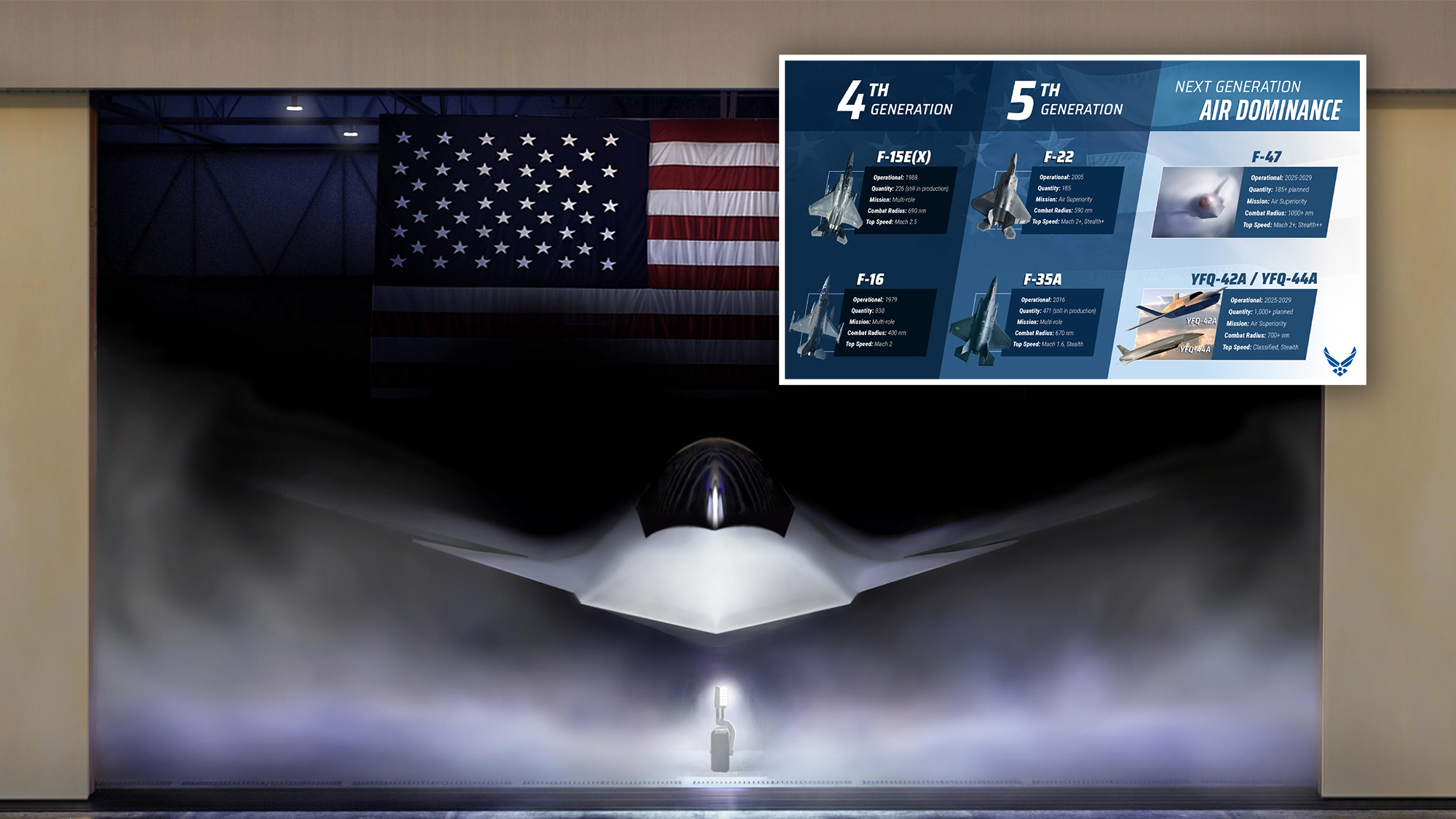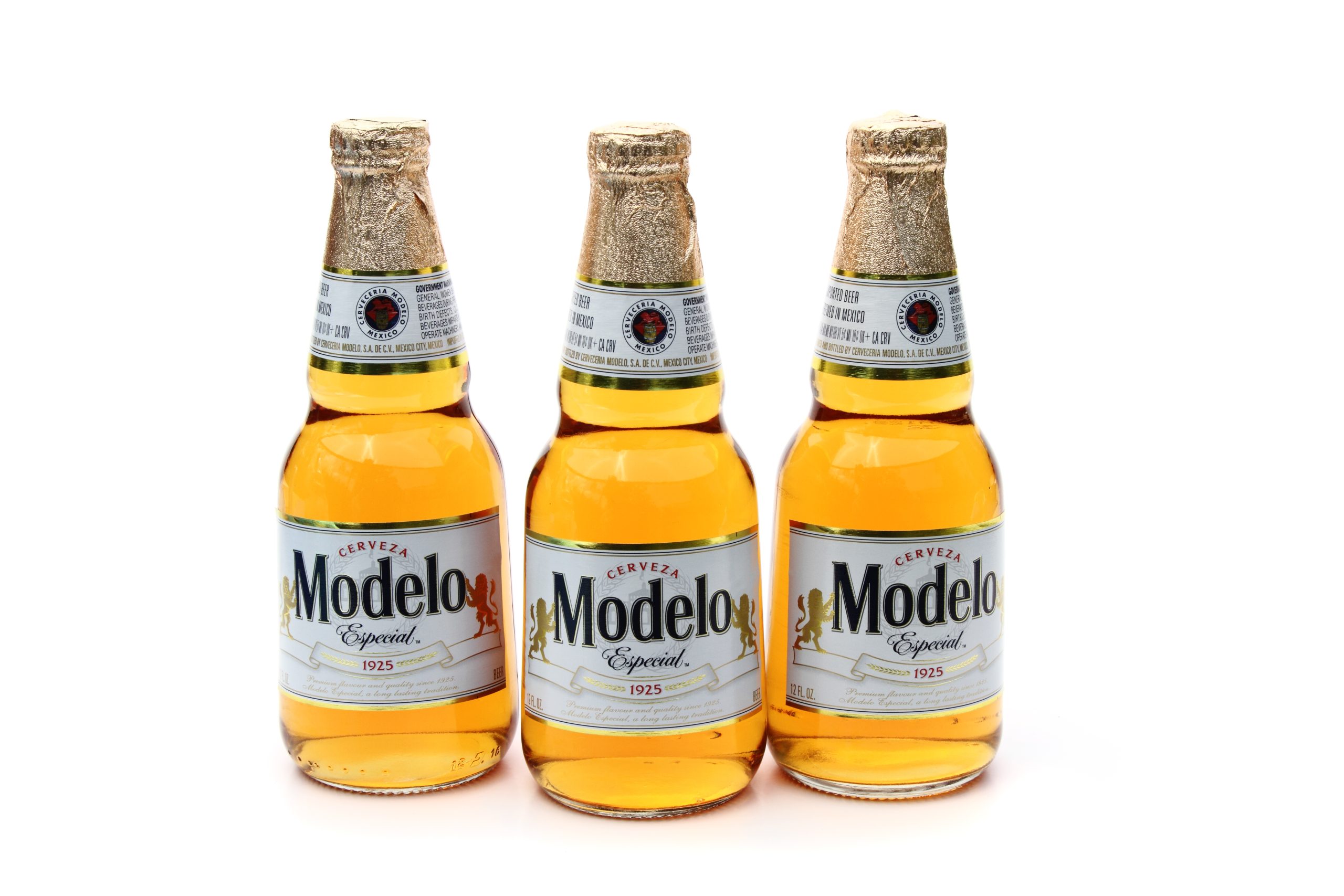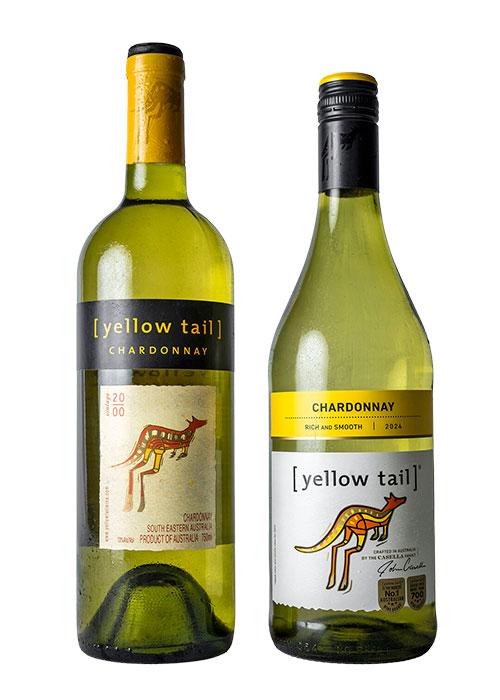Joyce Yip speaks to John Laurie, The Glenrothes’ global head of partnerships, to discuss the return of vintage single malts.
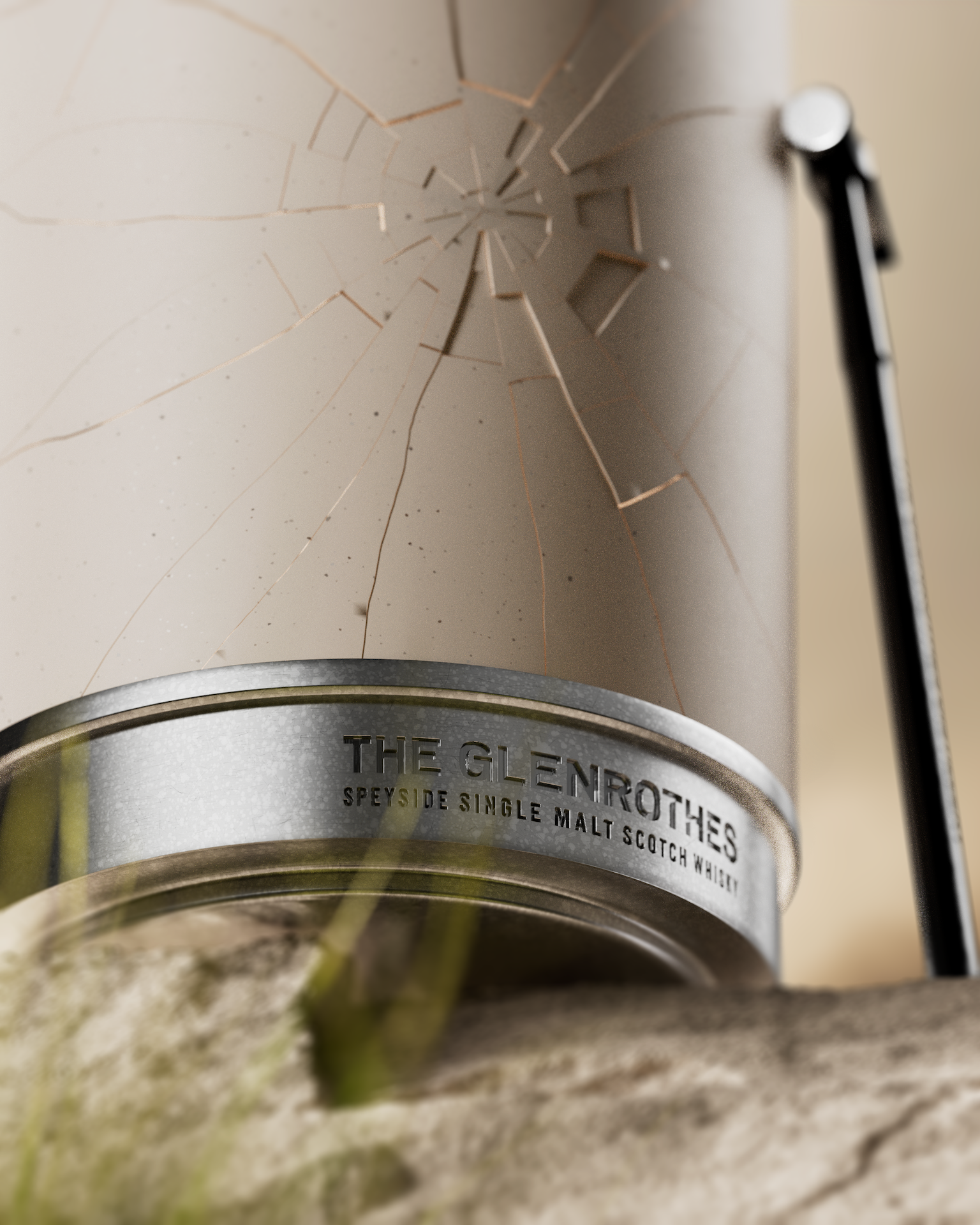
The Glenrothes launched its oldest whisky – The 51 – in March, bidding farewell to its days of no-age-statement (NAS) tipples.
The launch of The 51 came soon after the discontinuation of its Soleo Collection by previous master whisky maker Gordon Motion. Launched in 2018, Soleo comprises of 10- to 25-year-old whiskies, as well as the NAS Whisky Maker’s Cut.
Currently, The Glenrothes’ core collection features 15-, 18- and 25-year-old whiskies – all creative expressions of Laura Rampling, who’s been The Glenrothes’ master whisky maker since 2020.
John Laurie,
The Glenrothes’ global head of partnerships says the brand’s decision to abolish NAS expressions was “less about commercial purposes but about the maturation process”.
“If you got a whisky that excels at an older age, then let’s present our older end of the spectrum,” he says.
Though Laurie notes, half-jokingly, that “Scotch distilleries don’t sync their calendars before they launch a new product", The Glenrothes’ strategy is in line with the uptick of single malt vintages – some harking back to 1970s and earlier – in the past two years, taking a 180-degree-turn from the flurry of NAS just a decade ago. February 2023, for instance, saw the launch of Longmorn 18 years old and 22 years old, quickly followed by Bruichladdich Distillery’s first high-age-statement whiskies – an 18- and 30-year-old – in its Luxury Redefined range. Last October, The Glenlivet released its rare 55-year-old in celebration of its 200th anniversary.
Though NAS whiskies continue to meet polarising views, even the harshest critic can agree that they have achieved the once impossible mission of democratising an esoteric drink restrained with high-brow rules and stipulations for enjoyment, in turn welcoming a new influx of young drinkers.
Moreover, NAS, says Laurie, allows for newer distilleries sans vintage stocks a foot in the door, adding that The Glenrothes’ move away from the category doesn’t undo their achievements as “young consumers nowadays are far more educated and price-savvy regardless of when they’re purchasing no-aged or aged statements”.
The Glenrothes’ 15-year-old starts at £100 in the UK (or at HK$780 in Hong Kong), for example – a price that’s en par with a number of NAS bottles, he says.
Laurie also disagrees that the age is a shortcut to selling quality but a hallmark of “long provenance and scarcity that are synonymous with quality Scotch whiskies”.
Age, instead, "offers another layer to the bottle", Laurie says. "Maybe it’s the year that someone is born in, or when a milestone event happened. This is not something many spirit categories offer,” he explains.
Crafted from just two casts, The Glenrothes’ The 51 bears tropical fruit characteristics and “a vitality that’s rare for a whisky of such age”, says Laurie. Priced at £37,000 (HK$363,000), 17 of the 100 bottles are allocated to Asia, with 5 designated for the Hong Kong market. The bottle is only revealed when its encasing grey column of Jesmonite – a gypsum-based material – is broken. The Jesmonite pieces are then restored with kintsugi (Japanese gold repairing; a service that’s included in the retail price) and returned to the owner: this is an effort, says Laurie, to encourage buyers to drink their whiskies rather “letting them just sit on the shelf”.

 The Glenrothes launched its oldest whisky – The 51 – in March, bidding farewell to its days of no-age-statement (NAS) tipples.
The launch of The 51 came soon after the discontinuation of its Soleo Collection by previous master whisky maker Gordon Motion. Launched in 2018, Soleo comprises of 10- to 25-year-old whiskies, as well as the NAS Whisky Maker’s Cut.
Currently, The Glenrothes’ core collection features 15-, 18- and 25-year-old whiskies – all creative expressions of Laura Rampling, who’s been The Glenrothes’ master whisky maker since 2020.
John Laurie, The Glenrothes’ global head of partnerships says the brand’s decision to abolish NAS expressions was “less about commercial purposes but about the maturation process”.
“If you got a whisky that excels at an older age, then let’s present our older end of the spectrum,” he says.
Though Laurie notes, half-jokingly, that “Scotch distilleries don’t sync their calendars before they launch a new product", The Glenrothes’ strategy is in line with the uptick of single malt vintages – some harking back to 1970s and earlier – in the past two years, taking a 180-degree-turn from the flurry of NAS just a decade ago. February 2023, for instance, saw the launch of Longmorn 18 years old and 22 years old, quickly followed by Bruichladdich Distillery’s first high-age-statement whiskies – an 18- and 30-year-old – in its Luxury Redefined range. Last October, The Glenlivet released its rare 55-year-old in celebration of its 200th anniversary.
Though NAS whiskies continue to meet polarising views, even the harshest critic can agree that they have achieved the once impossible mission of democratising an esoteric drink restrained with high-brow rules and stipulations for enjoyment, in turn welcoming a new influx of young drinkers.
Moreover, NAS, says Laurie, allows for newer distilleries sans vintage stocks a foot in the door, adding that The Glenrothes’ move away from the category doesn’t undo their achievements as “young consumers nowadays are far more educated and price-savvy regardless of when they’re purchasing no-aged or aged statements”.
The Glenrothes’ 15-year-old starts at £100 in the UK (or at HK$780 in Hong Kong), for example – a price that’s en par with a number of NAS bottles, he says.
Laurie also disagrees that the age is a shortcut to selling quality but a hallmark of “long provenance and scarcity that are synonymous with quality Scotch whiskies”.
Age, instead, "offers another layer to the bottle", Laurie says. "Maybe it’s the year that someone is born in, or when a milestone event happened. This is not something many spirit categories offer,” he explains.
Crafted from just two casts, The Glenrothes’ The 51 bears tropical fruit characteristics and “a vitality that’s rare for a whisky of such age”, says Laurie. Priced at £37,000 (HK$363,000), 17 of the 100 bottles are allocated to Asia, with 5 designated for the Hong Kong market. The bottle is only revealed when its encasing grey column of Jesmonite – a gypsum-based material – is broken. The Jesmonite pieces are then restored with kintsugi (Japanese gold repairing; a service that’s included in the retail price) and returned to the owner: this is an effort, says Laurie, to encourage buyers to drink their whiskies rather “letting them just sit on the shelf”.
The Glenrothes launched its oldest whisky – The 51 – in March, bidding farewell to its days of no-age-statement (NAS) tipples.
The launch of The 51 came soon after the discontinuation of its Soleo Collection by previous master whisky maker Gordon Motion. Launched in 2018, Soleo comprises of 10- to 25-year-old whiskies, as well as the NAS Whisky Maker’s Cut.
Currently, The Glenrothes’ core collection features 15-, 18- and 25-year-old whiskies – all creative expressions of Laura Rampling, who’s been The Glenrothes’ master whisky maker since 2020.
John Laurie, The Glenrothes’ global head of partnerships says the brand’s decision to abolish NAS expressions was “less about commercial purposes but about the maturation process”.
“If you got a whisky that excels at an older age, then let’s present our older end of the spectrum,” he says.
Though Laurie notes, half-jokingly, that “Scotch distilleries don’t sync their calendars before they launch a new product", The Glenrothes’ strategy is in line with the uptick of single malt vintages – some harking back to 1970s and earlier – in the past two years, taking a 180-degree-turn from the flurry of NAS just a decade ago. February 2023, for instance, saw the launch of Longmorn 18 years old and 22 years old, quickly followed by Bruichladdich Distillery’s first high-age-statement whiskies – an 18- and 30-year-old – in its Luxury Redefined range. Last October, The Glenlivet released its rare 55-year-old in celebration of its 200th anniversary.
Though NAS whiskies continue to meet polarising views, even the harshest critic can agree that they have achieved the once impossible mission of democratising an esoteric drink restrained with high-brow rules and stipulations for enjoyment, in turn welcoming a new influx of young drinkers.
Moreover, NAS, says Laurie, allows for newer distilleries sans vintage stocks a foot in the door, adding that The Glenrothes’ move away from the category doesn’t undo their achievements as “young consumers nowadays are far more educated and price-savvy regardless of when they’re purchasing no-aged or aged statements”.
The Glenrothes’ 15-year-old starts at £100 in the UK (or at HK$780 in Hong Kong), for example – a price that’s en par with a number of NAS bottles, he says.
Laurie also disagrees that the age is a shortcut to selling quality but a hallmark of “long provenance and scarcity that are synonymous with quality Scotch whiskies”.
Age, instead, "offers another layer to the bottle", Laurie says. "Maybe it’s the year that someone is born in, or when a milestone event happened. This is not something many spirit categories offer,” he explains.
Crafted from just two casts, The Glenrothes’ The 51 bears tropical fruit characteristics and “a vitality that’s rare for a whisky of such age”, says Laurie. Priced at £37,000 (HK$363,000), 17 of the 100 bottles are allocated to Asia, with 5 designated for the Hong Kong market. The bottle is only revealed when its encasing grey column of Jesmonite – a gypsum-based material – is broken. The Jesmonite pieces are then restored with kintsugi (Japanese gold repairing; a service that’s included in the retail price) and returned to the owner: this is an effort, says Laurie, to encourage buyers to drink their whiskies rather “letting them just sit on the shelf”. 




























